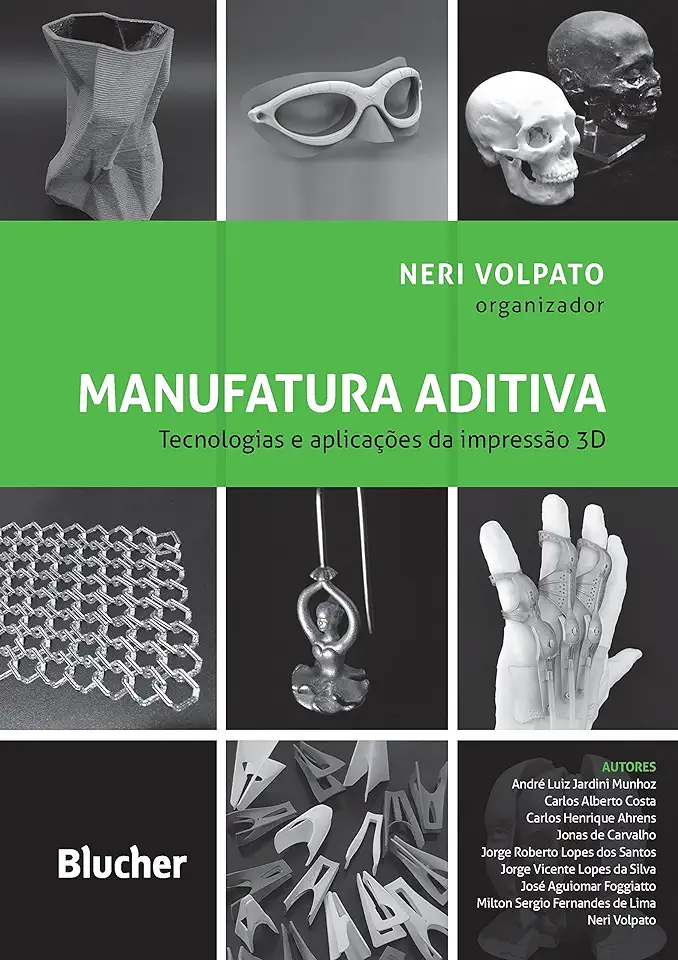
Additive Manufacturing - Volpato, Neri
Additive Manufacturing: A Revolutionary Approach to Product Design and Production
Introduction
In a world driven by innovation and rapid technological advancements, the field of additive manufacturing (AM) stands out as a game-changer. This groundbreaking technology, often referred to as 3D printing, has revolutionized the way we design, prototype, and produce products. With its ability to create complex objects directly from digital files, AM offers unparalleled flexibility, efficiency, and cost-effectiveness.
The Power of Additive Manufacturing
Additive manufacturing empowers engineers, designers, and manufacturers to unleash their creativity and bring their ideas to life with unprecedented speed and precision. Unlike traditional manufacturing methods that rely on subtractive processes, AM builds objects layer by layer, allowing for the creation of intricate geometries, internal features, and customized components that were previously impossible or prohibitively expensive to produce.
Benefits of Additive Manufacturing
The advantages of additive manufacturing extend far beyond its technical capabilities. Here are some key benefits that make AM an attractive proposition for businesses and individuals alike:
Rapid Prototyping: AM enables the rapid creation of prototypes, allowing designers to iterate on their designs quickly and efficiently. This significantly reduces the time and cost associated with traditional prototyping methods.
Design Freedom: AM offers unparalleled design freedom, enabling the creation of complex shapes, intricate details, and customized features that are difficult or impossible to achieve with conventional manufacturing techniques.
Cost-effectiveness: AM can be cost-effective, especially for small-scale production runs or customized products. It eliminates the need for expensive tooling and reduces material waste, making it an attractive option for low-volume manufacturing.
Sustainability: AM has the potential to revolutionize the manufacturing industry by reducing waste, minimizing energy consumption, and enabling the use of eco-friendly materials.
Applications of Additive Manufacturing
The applications of additive manufacturing span a wide range of industries, including:
Aerospace: AM is used to produce lightweight, high-strength components for aircraft, satellites, and spacecraft.
Automotive: AM is employed to create prototypes, custom parts, and functional components for vehicles.
Medical: AM is revolutionizing the medical field by enabling the production of patient-specific implants, surgical guides, and medical devices.
Consumer Products: AM is increasingly used to create customized consumer products, such as jewelry, toys, and home décor items.
The Future of Additive Manufacturing
As technology continues to advance, the potential of additive manufacturing is limitless. With ongoing research and development, AM is poised to transform industries, drive innovation, and revolutionize the way we design and produce products.
Conclusion
Additive manufacturing is a transformative technology that is reshaping the manufacturing landscape. Its ability to create complex objects with unprecedented speed, precision, and cost-effectiveness makes it an invaluable tool for engineers, designers, and manufacturers. As the technology continues to evolve, the possibilities for innovation and growth are endless. Embrace the power of additive manufacturing and unlock the potential for your business or personal projects.
Enjoyed the summary? Discover all the details and take your reading to the next level — [click here to view the book on Amazon!]